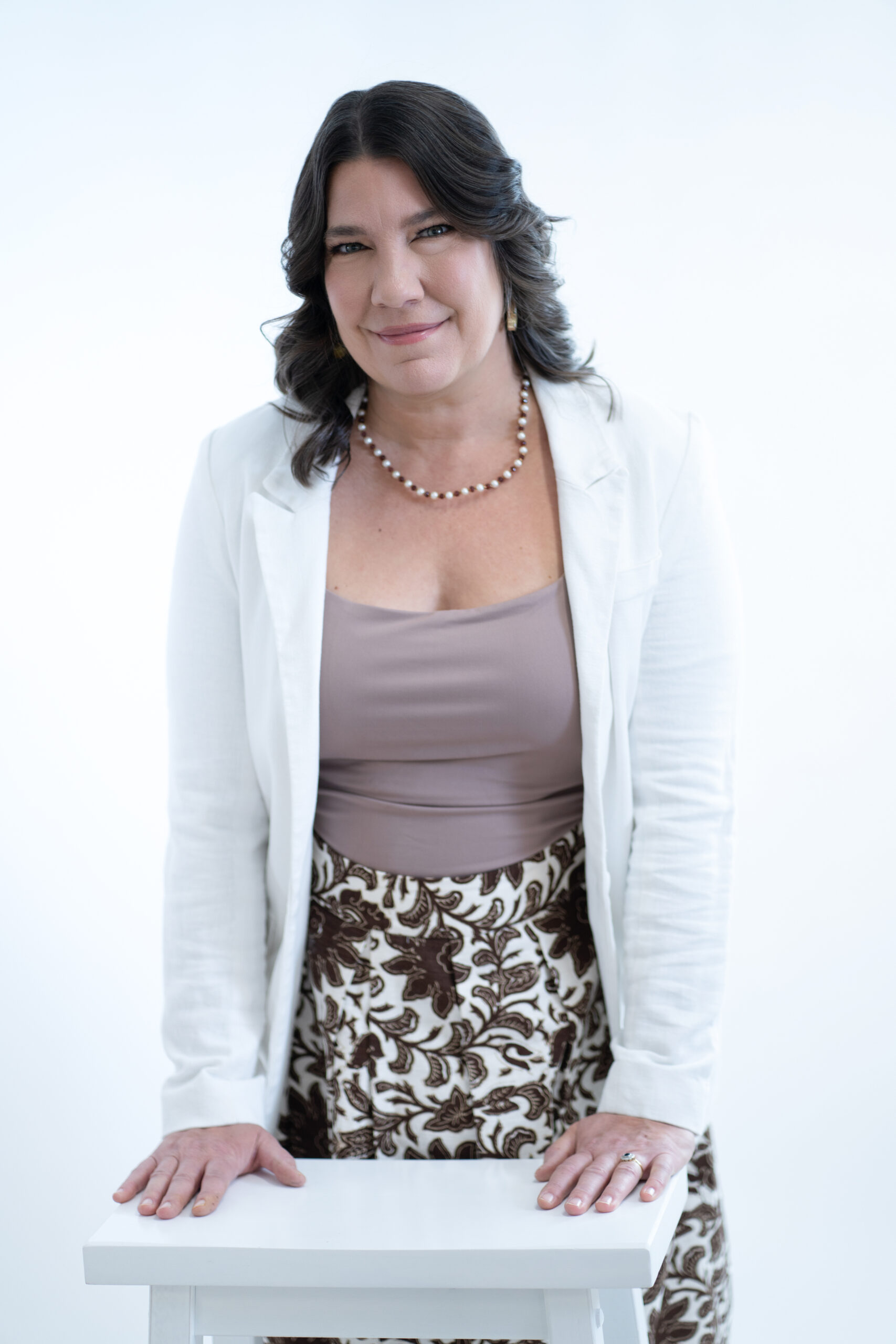Introduction to Pitta Dosha
“Pittam sasneha tikshnoshnam laghu visram, saram dravam”
— Ashtanga Hrdayam: Sutrasthana I:11
This Sanskrit verse highlights the main qualities of Pitta, offering a key to understanding what it means to have a predominantly Pitta Prakriti (constitution).

Main Qualities of Pitta
Pitta is defined by the following qualities:
- Oily
- Sharp
- Hot
- Light
- Fleshy-Smelling
- Spreading
- Liquid
When Pitta is dominant in your constitution, these qualities manifest throughout your mental, emotional, and physical makeup, influencing both strengths and potential imbalances.
1. Oily
- Balanced: Soft, glowing skin.
- Excess: Oily skin, acne, or manipulative tendencies.
2. Sharp
- Balanced: Sharp intellect, quick understanding.
- Excess: Sarcastic or cutting speech.
3. Hot
- Balanced: Warm complexion, strong metabolism.
- Excess: Heartburn, ulcers, irritability.
4. Light
- Balanced: Slender body, energetic.
- Excess: Dizziness when fasting.
5. Fleshy-Smelling
-
Balanced: Normal body odor.
-
Excess: Strong or pungent body odor.
6. Spreading
-
Balanced: Influential, charismatic.
-
Excess: Spreading rashes, domineering behavior.
7. Liquid
-
Balanced: Healthy hydration and digestion.
-
Excess: Excessive sweating, loose stools.
How to Balance Pitta
Like Increases Like
A core Ayurvedic principle states that “like increases like.” Therefore, increasing Pitta-like qualities will aggravate Pitta, while opposite qualities help to balance it.
Example:
A Pitta individual spending time under the hot sun, eating spicy foods, and dealing with stress may experience rashes, heartburn, and irritability. These symptoms arise because the heat and intensity have compounded Pitta’s natural qualities.

Tastes That Affect Pitta
Tastes That Increase Pitta:
-
Pungent: Chili peppers
-
Sour: Pickles, citrus fruits
-
Salty: Salt, salty snacks
Tastes That Decrease Pitta:
-
Sweet: Wheat, natural sweeteners
-
Bitter: Leafy greens, herbs
-
Astringent: Beans, lentils
Opposites as Medicine
Balancing Pitta involves embracing qualities opposite to its nature:
-
Coolness over heat
-
Softness over sharpness
-
Dryness over oiliness
-
Heaviness over lightness
Example:
If you’re experiencing “burnout” from mental overexertion, practices like meditation, relaxation, and cooling activities help restore balance.
Diet Recommendations for Pitta
-
Favor: Cooling, fresh foods like cucumbers, melons, and leafy greens.
-
Avoid: Hot, spicy, fried foods, alcohol, and caffeine.
-
Important: Regular meals to stabilize strong appetites.

Herbal Support for Pitta
Herbs that help balance Pitta include:
- Brahmi: Calms the mind
- Bhringaraj: Supports liver health
- Guduchi: Reduces inflammation
These can be found in specialized Pitta-balancing supplements.
Climate and Lifestyle for Pitta
- Best Environments: Cool, dry climates
- Activities: Early morning exercise, swimming, or winter sports
- Self-Care: Gentle self-massage with cooling oils (like sunflower oil)
Emotional and Mental Balance
Pitta individuals thrive when they practice surrender and cultivate patience. Meditation, mindfulness, and spiritual connection can be profoundly healing.
Yoga for Pitta Types
Incorporate cooling, grounding yoga practices. Visit our Pitta-Pacifying Yoga section for customized routines.
Famous Pitta Examples
-
Madonna: Sharp business acumen, ambitious, influential.
-
Bill Gates: Intellectually sharp, driven, globally impactful.
Understanding Your Prakriti
Knowing your Prakriti helps you recognize your natural strengths and potential health challenges. The next step is to assess your current condition (Vikriti) to identify imbalances.
You May Also Like…
Discover how Ayurvedic wisdom can guide you towards lasting balance and vitality.





